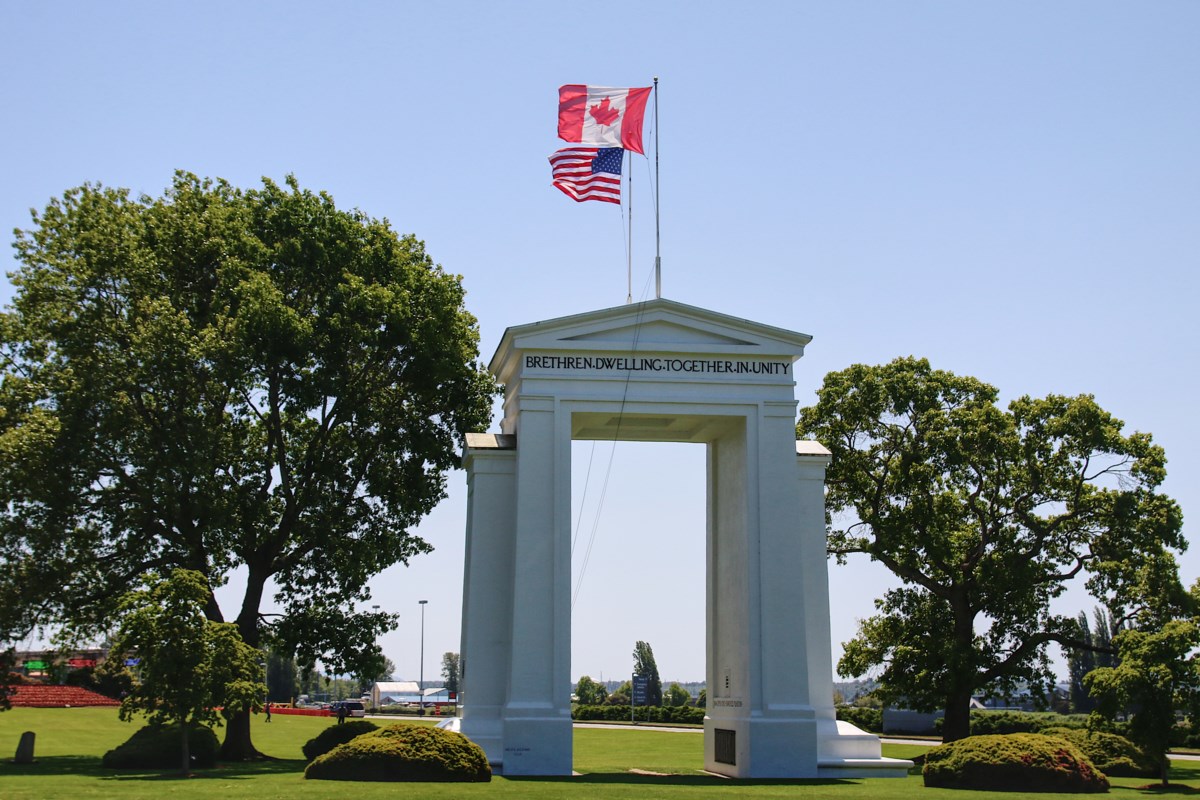Decline in Cross-Border Travel: A Closer Look at Recent Trends
Overview of Decreased Travel Patterns
Recent data indicates a sustained decline in cross-border travel for British Columbians, particularly to the United States. This downturn is evident both in land crossings and air travel, highlighting changing travel behaviors as we navigate post-pandemic realities.
Land Border Crossings Take a Hit
Data from the Cascade Gateway Border Data Warehouse reveals alarming statistics regarding vehicle traffic. In June, the number of vehicles with B.C. license plates crossing four major land-border points dropped a staggering 42.8%, falling from 206,978 to 118,292 compared to the same month last year. This stark decline is indicative not only of B.C. residents but also suggests that U.S. vehicles are making fewer trips into Canada.
Overall, personal vehicle crossings through significant entries like the Peace Arch and Pacific Highway totaled only 219,934 in June, marking a 30.8% decrease from June 2024. This significant fall comes on the heels of consistent month-over-month declines since the start of the year, breaking an earlier positive trend.
Year-Over-Year Trends in Land Travel
January began on a promising note with B.C. vehicle crossings increasing 10%, but subsequent months have seen sharp declines:
- February: Down 29%
- March: Down 43%
- April: Down 51%
- May: Down 47%
Such statistics reflect a growing apprehension among residents regarding travel into the U.S., influenced, in part, by political rhetoric and economic tariffs.
Impacts of Political Climate on Travel Intentions
The political landscape significantly influences cross-border travel trends. In early 2024, U.S. President Donald Trump made waves discussing tariffs and nationalistic sentiments concerning Canada. The implementation of 25% tariffs on goods from Canada and Mexico sparked a reevaluation of travel intentions among Canadians. Surveys indicated a marked decrease in the desire to travel south, likely driven by concerns about growing economic barriers and shifting attitudes.
Air Travel Trends at Vancouver International Airport
Even as cross-border vehicle traffic declines, Vancouver International Airport (YVR) reported mixed results for air travel. Despite an overall increase in passenger traffic, air travel to U.S. destinations saw a 9.6% dip in May, dropping from 587,758 passengers in May 2024 to 531,082 in May 2025.
Flair Airlines’ vice-president, Eric Tanner, pointed out that "demand between Canada and the U.S. is down compared to where airlines would expect it to be," further emphasizing the reduction in travel interest. Interestingly, YVR’s overall passenger numbers for May were up by 1.5%, driven by increases in domestic and international travel to other regions.
Growing Popularity of Asia-Pacific Routes
While transborder travel struggles, flights to Asia-Pacific regions are experiencing notable growth. Domestic counts increased by 2.6%, while flights to Asia surged by nearly 20%. The introduction of new routes, including thrice-weekly non-stop flights to Manila and increased services to Tokyo, has fueled this trend.
Russell Atkinson from YVR noted the heightened interest from travelers, particularly from mainland China, which has seen a significant boost in direct flights. This increase contrasts sharply with the waning enthusiasm for travel to the U.S.
Decline in Indian Visitors
An interesting aspect of the travel narrative is the decline in visitors from India. Once a robust demographic, passenger counts from India fell drastically, with Air India reducing its flights from daily to five times a week. Statistics Canada reported a 25.9% year-over-year decline in visits from Indian citizens to Canadian entry points in April, building on earlier declines in the preceding months.
This shift suggests that various global factors, including travel restrictions, economic conditions, and changing preferences, collectively impact travel patterns.
Conclusory Thoughts on Travel Changes
The decline in cross-border air-passenger traffic and land crossings reflects broader societal and economic shifts. Political climates, tariffs, and evolving travel trends to different regions significantly influence choices. With the growing allure of alternative travel destinations and lingering concerns over U.S. relations, British Columbians are rethinking their travel habits—significantly affecting the landscape of cross-border travel.
This structure focuses on delivering engaging, clear insights while covering the multifaceted issue of declining cross-border traffic rates. Let me know if you need any changes or further details!


